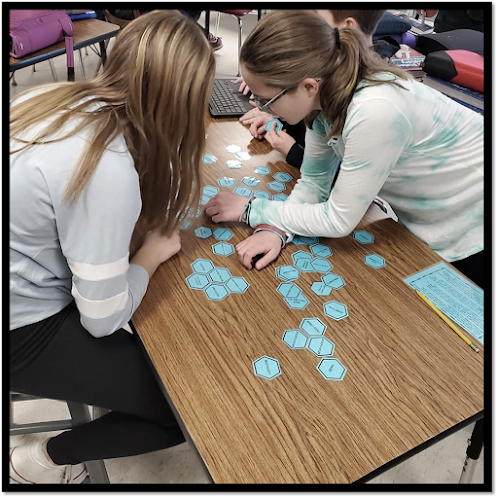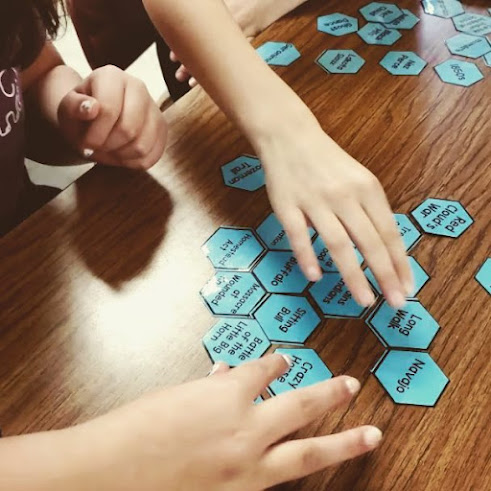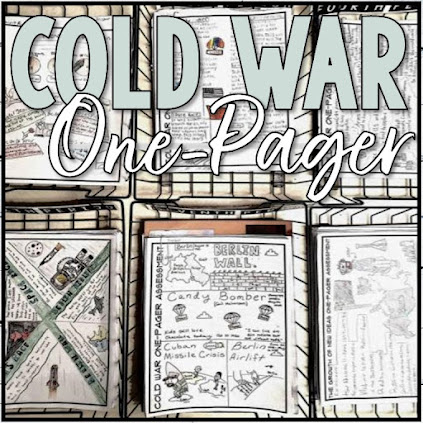Hexagonal Thinking Activities in Middle and High School Social Studies
Hexagonal thinking is a powerful strategy that has transformed my teaching practice. I first learned about hexagonal thinking after attending a professional development conference in 2018. Only recently being used in education, the practice originated in the business world. This approach, which visually organizes students' thinking, not only facilitates content organization but also encourages deep thinking and the establishment of connections between ideas.
Implementing Hexagonal Thinking:
As a formative assessment during my Holocaust unit, I introduced hexagonal thinking to gauge my students' retention of content and their ability to identify connections among the various individuals, places, and events covered in the unit. Working in groups, students received envelopes containing hexagonal cards with names, dates, events, and vocabulary printed on them. After sorting the cards into categories, students began building connections and engaging in meaningful discussions about the strongest associations. Although time constraints prevented us from completing the second phase of the activity, where students mark up the cards to demonstrate cause-effect relationships and turning points, the initial outcomes were promising.
Student Engagement and Expansion:
The implementation of hexagonal thinking proved to be a success, with students expressing enthusiasm and requesting additional sets of cards for future units. I created sets for the Cold War and Civil Rights movements in U.S. History and an Ancient Greece set for my Geography and World Cultures class. I also introduced a written component, enabling students to reflect on their learning experiences through a short post-activity response card.
Broadening Applications:
Encouraged by the positive outcomes, I decided to explore hexagonal thinking further as a summative assessment in my Geography and World Cultures class. Students had the opportunity to work individually or with a partner, utilizing hexagonal cards from our studies on World War I, World War II, and the Cold War. Providing ample class time, students developed frameworks and began assembling their clusters, gluing the cards onto large sheets of paper. By annotating selected cards to highlight cause-effect relationships, students demonstrated a deeper understanding of the interconnectedness within the studied topics.
Digital Hexagonal Thinking Activities:
In 2020, after going virtual, I created sets of digital hexagonal thinking activities. Creating them on Google Slides, these activities have proven to be versatile, catering to both in-person and virtual learners. Through projection on the smartboard, I engage students by inviting volunteers to participate in the process of building clusters. Learn more about my digital hexagonal cards here.









Comments